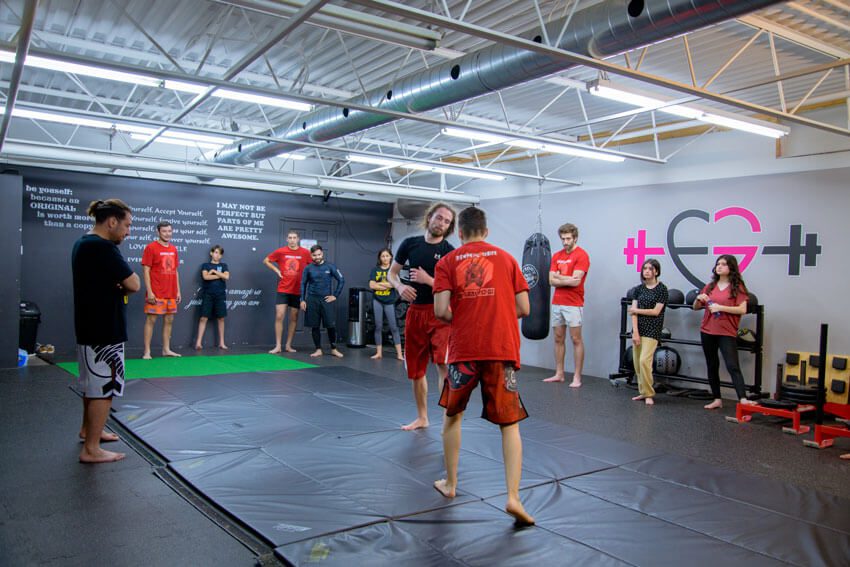Pro Wrestling
A secret we keep here at Fight Den MMA, all Professional and amateur wrestling is based off of Japanese Jiu Jitsu! Catch Wrestling origins came from Germany, through Japanese Jiu Jitsu practitioners who taught Legendary Wrestler Ad Santel.
Though even the original Olympic games had a fighting form that combined wrestling, submissions, and striking, modern Catch Wrestling got its start in Britain in the late 1800s. A man by the name of J. G. Chambers is credited with introducing the new rule set to the world.
It is said that he combined a number of existing grappling arts at the time (such as Lancashire, Cumberland, and Irish collar-and-elbow wrestling) to create this distinctive style. It was not well received initially, but slowly gained popularity over time. It is thought to have come to America with Irish immigrants, and gained popularity in the states through carnival strong men issuing standing challenges to try and defeat them.
So what makes it different from BJJ? Catch Wrestling differs in that there are two ways to win a match: submission, or pin (similar to some of the modern Judo rules). Traditionally, most winners were decided using a best of three system. Submissions were obviously much different than what we see in contemporary BJJ as well.
Often (but not always), chokes were not allowed. Most submissions had to come by way of some sort of joint lock, crank, or stretch. For example, in modern folkstyle wrestling, a full nelson is not allowed. In Catch wrestling, it is a basic submission technique. Since very few submissions were considered illegal, this is where the term “no-holds-barred” (no hold is illegal) comes from. As could be seen in Barnett’s victory, neck cranks are a very integral part of the Catch system.

So where does Catch Wrestling stand today? Well, the numbers of official practitioners is a bit hard to nail down. The Catch Wrestling Alliance still runs competitions and reaches out to help grow the sport. However, the popularity of the sport has waned and resurged repeatedly. Other famous MMA fighters, such as Kazushi Sakuraba, have contributed to the recent growth.
That said, Catch Wrestling is still a very valuable martial art to learn. Many of the submissions used (such as neck cranks) are somewhat unfamiliar to most BJJ practitioners. The ideas of attack and control are very important to anyone’s grappling game.
Even if you have no desire to become a Catch Wrestlers yourself, there is no reason to not learn it. A good grappler will learn from any available source and apply what can be used to their primary style. Josh Barnett is a great example of exactly that. With any luck, we will see him continue to compete in Metamoris in the future.
Anyone interested in learning how to practice performance art Pro Wrestling, call our school today for schedule info and a free trial to see if Pro Wrestling at Fight Den MMA is right for you!

